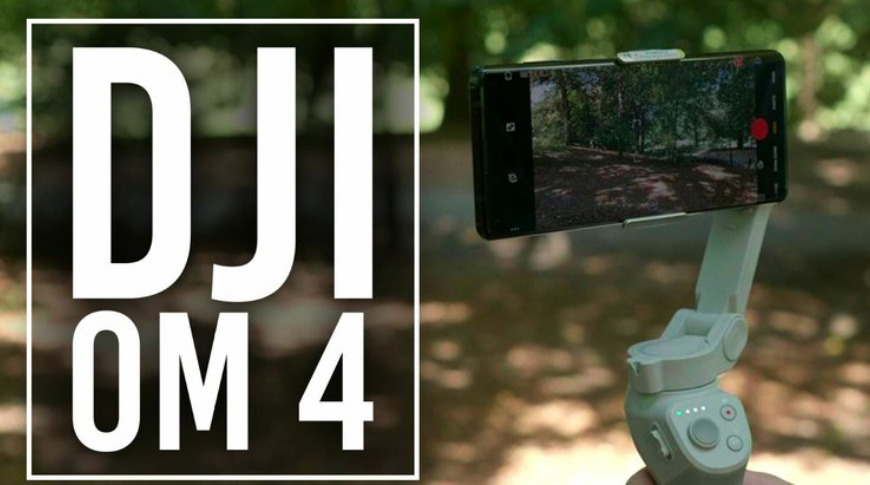DJI has announced the OM 4 gimbal, built to manage the technical details of filming so users can focus on capturing footage.
The DJI OM 4 is a gimbal with a stronger motor, smarter software features, and a faster mounting system. Just attach your iPhone to the gimbal and it takes care of balancing the device for you.
There are two new mounting options — a magnetic phone clamp or magnetic ring holder. The phone clamp is like any standard phone mount for a gimbal, but the clamp itself is removable and attaches via the magnetic mount. The magnetic ring mounts to the rear of the smartphone with an adhesive for an always-attached mounting option.
Once attached with the gimbal powered on, it will automatically begin balancing and move the phone into a ready position. The software used within the DJI Mimo App will control all aspects of capturing video or photos with the gimbal.
Features of the DJI OM 4 gimbal
- Active Track 3.0
- Story Mode
- DynamicZoom
- CloneMe Pano
- Gesture Control
- Hyperlapse
- Motionlapse
- Timelapse
- SpinShot Mode
- Slow Motion
- 240 degree pano
- 3x3 pano
These features make video production techniques normally limited to professional rigs available to you and your device. Active Track will follow a subject, Story Mode will stitch together shots intelligently, and features like Hyperlypse and Spinshot will show off cinematic styles.
The gimbal was announced by DJI and is available for purchase at Adorama, along with B&H and DJI itself for $149. The gimbal is one of many products made by DJI for iPhone.
 Wesley Hilliard
Wesley Hilliard








 Marko Zivkovic
Marko Zivkovic
 Christine McKee
Christine McKee
 Andrew Orr
Andrew Orr
 Andrew O'Hara
Andrew O'Hara
 William Gallagher
William Gallagher

 Mike Wuerthele
Mike Wuerthele
 Bon Adamson
Bon Adamson


-m.jpg)



4 Comments
With no user replaceable battery, I'm hesitant to buy another one. Would be nice to swap out a nearly depleted battery with a fresh one while on the go.
DPReview just wrote about that, but both articles just mention the feature set, which sounds nice. It’s amazing that something like this is available so cheaply. Models for “real” still cameras (which usually do shoot video) generally start at about $500, and go to over $1,000.
back in the early 1970s, when I was shooting Tv ads, I sometimes used the still pretty new, Steadican. That was for the Arri I was using (they didn't have one for the heavier Mitchell). That thing weighed 75 pounds. What a monster, and I’m not a big guy.